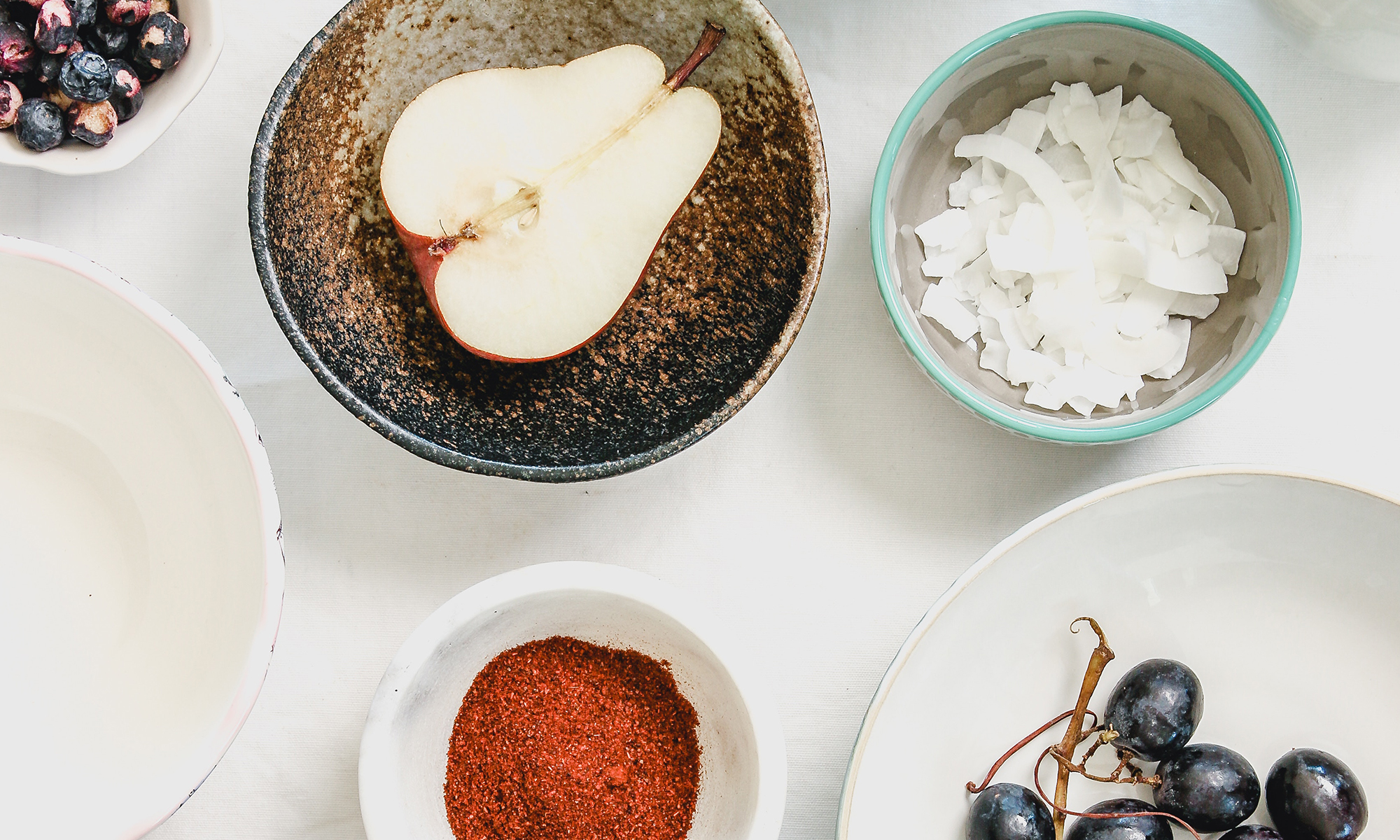Every summer of my childhood, my family drove to Rehoboth, DE for a week-long respite from the Washington, DC heat. About an hour from the shore, we’d stop at Elmer’s Farm Stand. We’d load up on tomatoes, corn and cantaloupes. The corn was boiled for dinner. The tomatoes were slathered in mayonnaise and sandwiched between two slices of toast for lunch. And the cantaloupes were cut into wedges for breakfast. If we were feeling frisky we’d sprinkle blueberries on top.
Though cantaloupe shouldn’t be cooked, it’s certainly more versatile than my childhood experiences would suggest. Their firm texture is juicy and definitely sweet, but less cloying and floral than honeydew, making it perfect for savory preparations, where just a touch of sweetness is desired. Classically, it’s paired with prosciutto for an Italian style summer appetizer. Alternatively, you can puree the melon with mint for a refreshing soup to start a meal.
Even Star’ Farm grows the varietal: Edisto. It was named after the island off the North Carolina coast, so famed for its cantaloupe. It’s extremely aromatic, very sweet, with good texture. It has a florally perfume, almost like a gardenia.
You can tell it's ripe when the skin underneath the outer "netting" turns from green to yellow-ish.
When serving melon in a savory preparation, it’s easy to peel the melon whole.
Stand it up on one of the newly flat edges. Cut around the edges with a large knife.
Cut the melon in half and scoop out the seeds.
Last night, we made a cantaloupe salsa to serve alongside seared tuna.
Cantaloupe Salsa
½ cantaloupe
1 cucumber
1 small onion
1 tsp. fresh ginger, chopped
1 tbs fresh mint or cilantro – of combination of the two
1 lime juiced
Salt and pepper to taste
½ tsp sriracha or 1 small chile
1. Peel cantaloupe and cut into a fine dice. If large cucumbers with tough skins (or commercial, waxed cucumbers), peel cucumbers. Scoop out the seeds. Chop fine. Dice the onion, and herbs.
2. Mix cantaloupe, onion, cucumber, ginger and herbs together. Season with lime juice, salt, pepper and chili paste if desired.
Serve with grilled tuna or salmon.
Thanks to Bella for taking photos!







